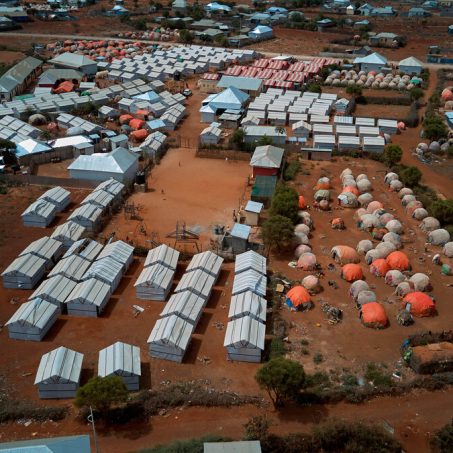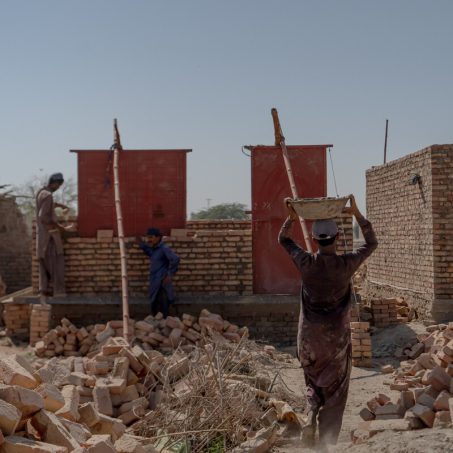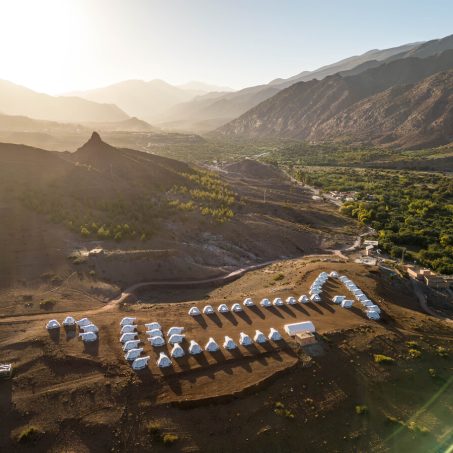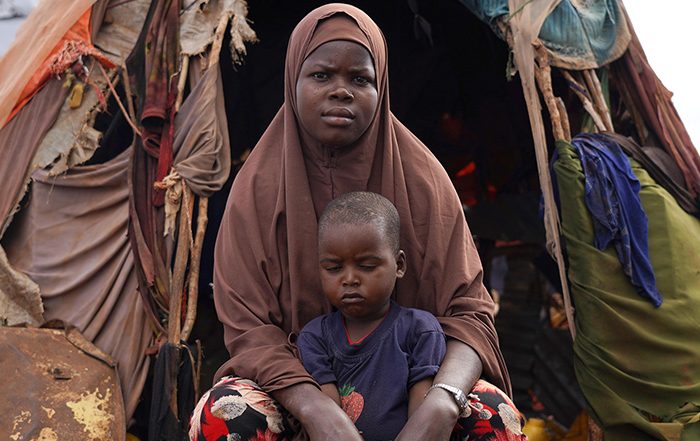
Somalia appeal
A cycle of disaster is having devastating consequences for the people of Somalia. Please support our urgent appeal to help people rebuild.
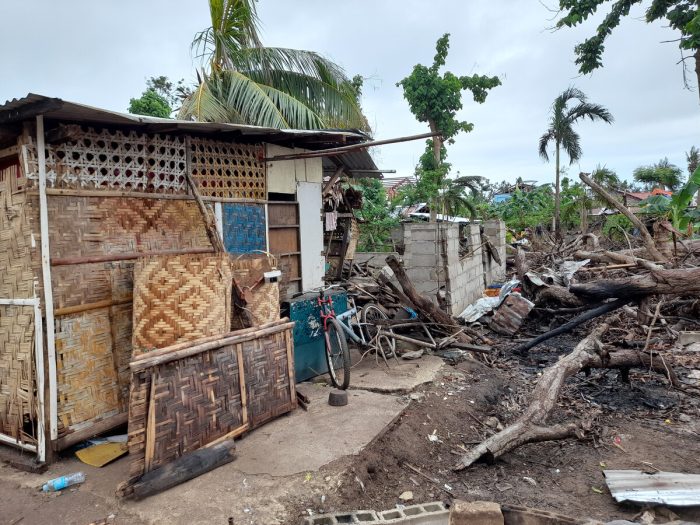

When storms hit, earthquakes strike, or floods rage, disaster often follows – but it doesn’t have to be that way.
Climate change is intensifying, weather is becoming more extreme, and every day more people are being displaced. By 2050, a billion people will have lost their homes to disaster. A shocking milestone that is getting closer and closer.
Disasters happen in the same places again and again because world leaders are not investing in preparation or rebuilding. This means communities don’t have time to recover before the next disaster strikes.
We all need to rethink disasters and work together to break the cycle. Learn more below about the causes of disaster and how ShelterBox is scaling up to meeting the growing need for emergency shelter.
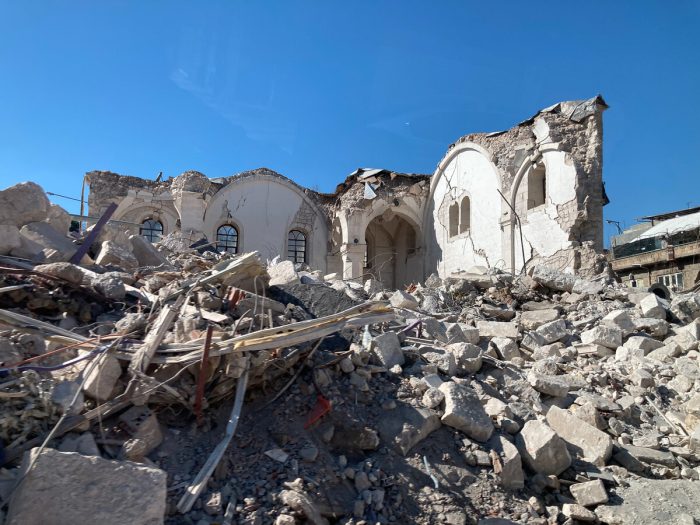

A disaster is brewing months, years, decades before it reveals itself. Decisions and inaction by people with power create a recipe for disaster long before a storm has formed, the ground moves, or rivers burst their banks. Here is how:
When people in charge prepare for extreme weather and earthquakes, they protect people from future disasters. Preparing well includes early warning systems, evacuation drills, trained search and rescue, and having stocks of aid for emergencies.
Investing in recovery means communities affected have time to recover by the time the next disaster hits. Recovering well includes leaders putting affected communities at the heart of decision making and acting efficiently.
When people have the support needed to rebuild homes and communities, they can be displaced for less time. Rebuilding well means sustainable solutions for more resilient infrastructure and livelihoods so people are less dependent on the state or other responders.
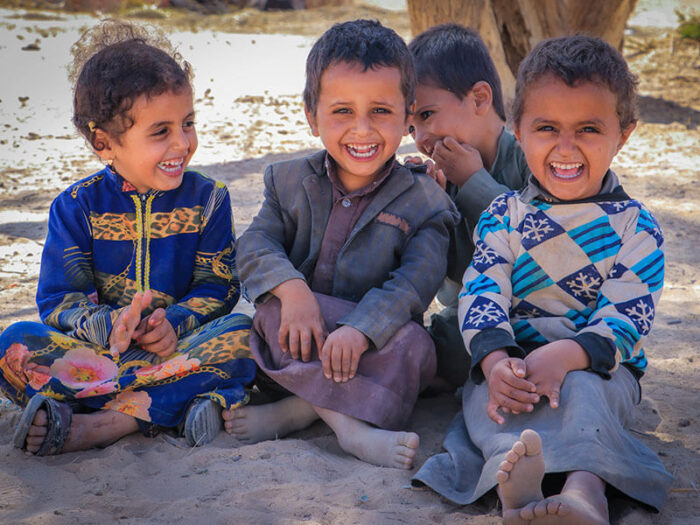

Disasters can happen after extreme weather, earthquakes, and floods, but it doesn’t have to be that way. That’s why we’re thinking about disasters differently.
We don’t think there’s anything natural about disasters. That’s why we don’t describe disasters as natural. We simply say disaster. Or we’re more specific about extreme weather like storms, flooding, and drought or events like earthquakes and volcanoes.
Join us in rethinking disasters.
Sign up to our newsletter to find out more about disasters around the world.
Join us in breaking the cycle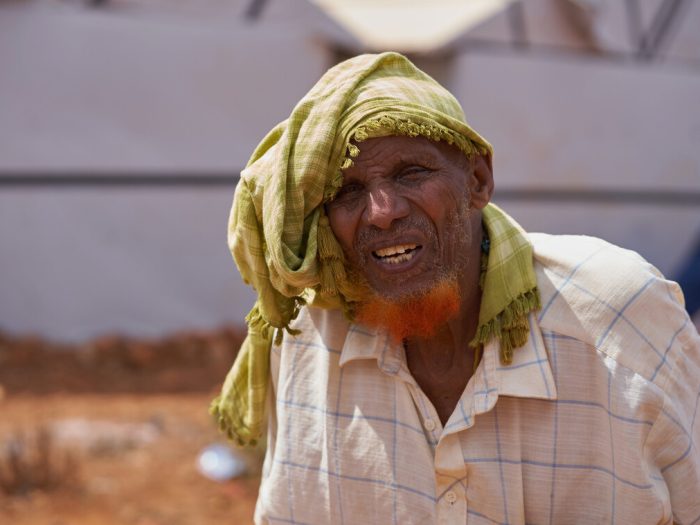

In my many years on this earth, I have seen changes in the climate. The rain is sometimes too much, sometimes not enough. Crops have become unpredictable, leading to empty stomachs sometimes. The change in the climate completely turned our world upside down and forced me and my family to leave behind the life we knew. We became displaced, chasing safety from the chaos it brought and now in my old age I am left to find my stability again.
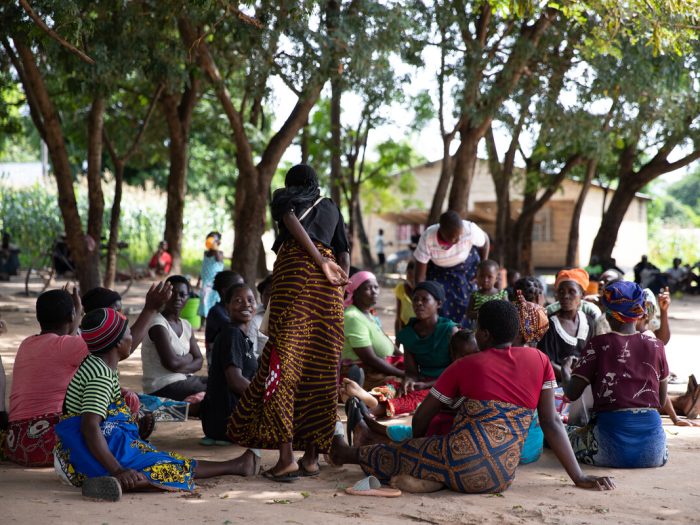

It’s not right that communities contributing the least to the climate crisis are most affected by it.
There are lots of reasons why poeple might be vulnerable to disaster. This includes where they live, the kind of houses they have, the jobs they do, and how much money they have. We see this all the time when supporting poeple after disasters where some communities are disproportionately affected by devastating floods, droughts, storms, and rising sea levels.
At COP27, world leaders agreed to set up a loss and damage fund. This would support countries most affected by climate change, addressing historic issues of exploitation and world leaders failing to act to prevent the crisis. A year on, the fund was set up at COP28, but the money offered so far by wealthy countries is not enough. It’s crucial we see wealthy countries do more because fairness should be the foundation of our solutions to climate change.
In nearly 25 years we’ve responded to extreme weather, earthquakes, and conflict in around 100 different countries, supporting over 2.5 million people. We listen to and learn from communities facing heavy rainfall, extreme heat, or winter temperatures. And as disasters become more extreme, hit the same places more often, and last longer, we’re changing how we work.
